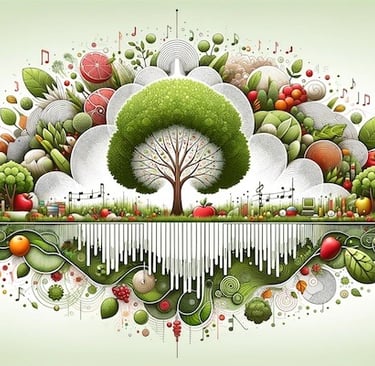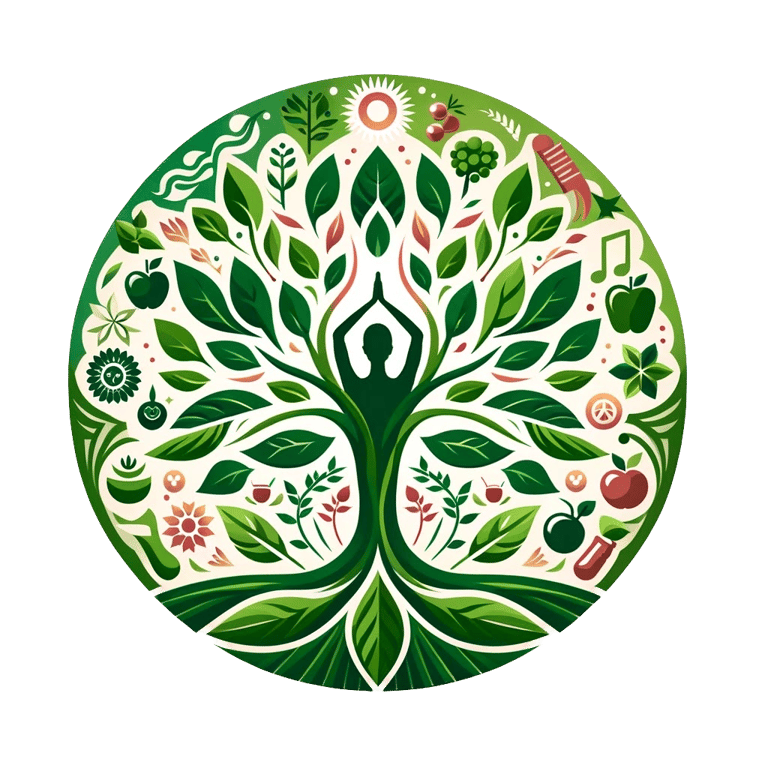
Embracing Balance: Deep Aspects of Nature's Equilibrium
Bruce Gibson ND
3 min read


Embracing Balance: Deep Aspects of Nature's Equilibrium in Sustainable Living
Introduction
The concept of balance in nature is profound and multi-layered, integral to the philosophy of sustainable living. This article delves into the intricate ways in which balance manifests in natural systems and how it can inspire and guide our journey towards more sustainable, healthy living.
The Essence of Natural Balance
Nature's balance is a dynamic state, not static equilibrium. It's about the interplay of diverse elements, each playing a vital role in maintaining the overall health and resilience of ecosystems. This balance is evident in predator-prey relationships, nutrient cycles, and the seasonal rhythms that govern life on Earth.
Balance in Ecosystems: A Symbiotic Dance
In ecosystems, balance is a symbiotic dance of give-and-take. Predator and prey relationships, for example, demonstrate nature's way of regulating populations, ensuring no single species dominates at the expense of others. This delicate balance is crucial for ecosystem health and biodiversity.
The Nutrient Cycle: Nature's Recycling System
Nature's nutrient cycle is a perfect example of sustainable recycling. Dead matter decomposes, returning vital nutrients to the soil, which in turn nourishes plant life. This cycle ensures that nothing is wasted, and each component is reused in a continuous loop of growth, decay, and rebirth.
Seasonal Rhythms: The Pulse of the Planet
The Earth's seasonal rhythms are a testament to nature's balance. Each season brings its unique role, from the rejuvenation of spring to the dormancy of winter. These cycles are essential for the regeneration and sustenance of life, offering a model for sustainable living attuned to natural rhythms.
Learning from Nature: Principles for Sustainable Living
1. Diversity and Resilience: Nature thrives on diversity, which fosters resilience. A diverse garden, for instance, is less susceptible to pests and diseases and more adaptable to changing conditions. Emulating this in our living spaces and communities can enhance resilience.
2. Efficiency and Resourcefulness: Nature is incredibly efficient. Every element has a purpose, and nothing goes to waste. Embracing this principle in our lives means reducing waste, recycling, and finding innovative uses for resources.
3. Adaptation and Change: Nature is constantly adapting to changes. This adaptability is key to survival and a crucial lesson for sustainable living. We must be willing to adapt our habits and practices in response to environmental changes and challenges.
4. Interconnectedness and Cooperation: Nature operates on interconnectedness. Each species, no matter how small, plays a role in the larger ecosystem. Recognizing our interconnectedness with nature and each other is vital for creating sustainable communities.
5. Harmony and Coexistence: Nature exemplifies coexistence. Different species coexist, each contributing to the ecosystem's health. Emulating this harmony in human society can lead to more peaceful, sustainable ways of living.
Balance in Practice: Case Studies
1. Permaculture Gardens: Permaculture gardens are designed based on nature's principles, emphasizing diversity, efficiency, and sustainability. They demonstrate how balance can be achieved in our food production systems.
2. Renewable Energy: Harnessing renewable energy sources like solar and wind power reflects nature's balance by using resources that are naturally replenished, reducing our reliance on finite, harmful fossil fuels.
3. Sustainable Communities: Communities that focus on sustainable living practices, such as shared resources, local food production, and eco-friendly transportation, illustrate how we can live in harmony with nature and each other.
Challenges and Opportunities
While embracing nature's balance offers a pathway to sustainable living, it's not without challenges. Overcoming entrenched habits, economic systems, and societal norms that are out of sync with nature's principles requires concerted effort, innovation, and commitment.
However, the opportunities are immense. By realigning our lifestyles with nature's balance, we can create healthier, more sustainable communities. This transition can also spur economic and technological innovation, leading to new industries and job opportunities in green technologies and sustainable practices.
Conclusion
The balance in nature is not just a concept to admire but a practical blueprint for sustainable living. By understanding and emulating nature's intricate systems of balance, we can create a healthier, more sustainable, and harmonious world. As we continue on this journey, let us remember that each step towards balance, no matter how small, is a step towards a more sustainable future for all.
Let's talk about it...

